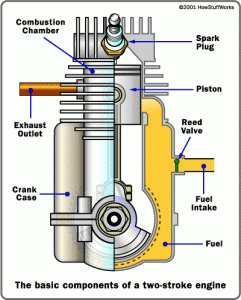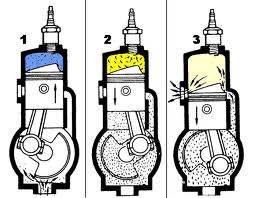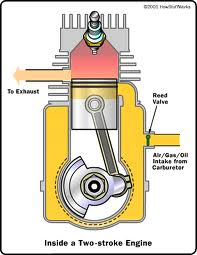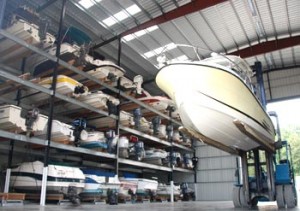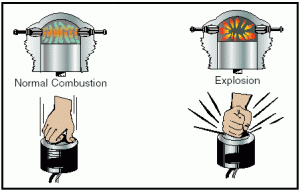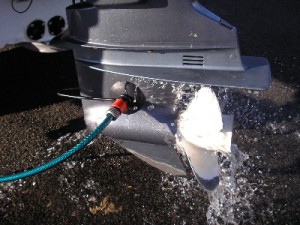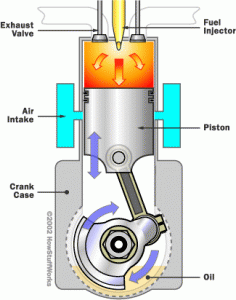Compare/Contrast: Two Cycle Oil and Motor Oil
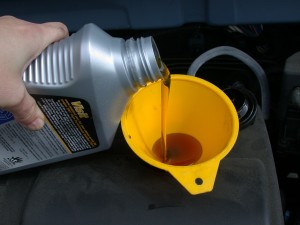 Not all motor oil is created alike. In fact, different motor oil is required for different engines. Today we will look at the difference between two cycle oil and motor oil.
Not all motor oil is created alike. In fact, different motor oil is required for different engines. Today we will look at the difference between two cycle oil and motor oil.
Two cycle oil, like the Yamalube 2 cycle oil you might currently use, is needed, not surprisingly, for two stroke engines. These particular engines do not have a lubrication system so two cycle oil is mixed with gasoline to lubricate the engine while the fuel is used. Motor oil is used in four stroke engines and is typically kept in a separate reservoir from the gasoline. For lubrication, an oil pump transfers the oil to the engine.



